–INTRODUCTION/THEORY
Ecological thinking
Ecology isn’t just about global warming, recycling, and solar power — and also not just to do with everyday relationships between humans and nonhumans. It has to do with love, loss, despair, compassion, depression, psychosis, capitalism, amazement, open-mindedness, wonder, doubt, confusion, skepticism, space and time, delight, beauty, ugliness, disgust, irony, pain, consciousness, awareness, ideology, critique, reading, writing, race, class, gender, sexuality, ideas of self and weird paradoxes of subjectivity, society, coexistence” Timothy Morton”.

Source: the internet
Is our capacity to enjoy art one of those things that makes us uniquely human (along with hands, tools, laughter, and dancing, all of which have been discovered in nonhumans)? Or do we share this capacity with nonhuman beings” Timothy Morton”?
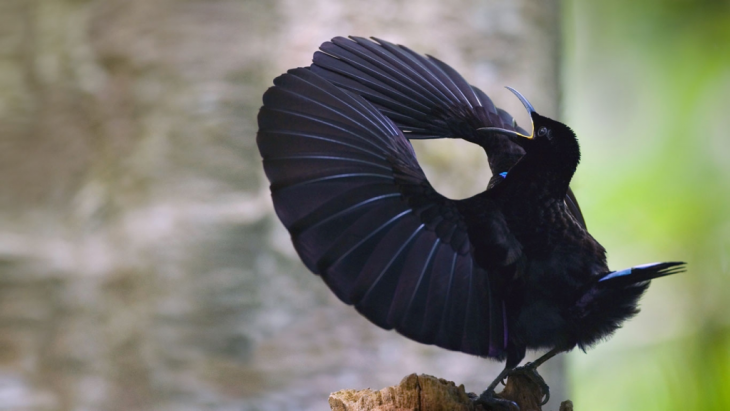
Source: the internet
Object-Oriented Ontology
object-oriented Philosophy deals with objects with humans at the center of the usage of objects. Whereas Object-Oriented ontology rejects the notion of human beings at the center of the usage of objects”Ian Bogost”.
Indeed, humans themselves are like cancerous cells, so self-absorbed and single-minded about their survival and predominance that they have invaded and destroyed much of what’s around them. Neri Oxman, by contrast, seems in no rush. Her practice is powerful anticipation of a better possible future, and it is projected toward that future without apparent anxiety, patiently weaving connections between disciplines and between species, slowing down the pace of making by marrying the latest technologies with the most ancient and deliberate of tempos—those of silkworms, bees, and microbes. She engages change using change’s own momentum”Neri Oxman”.
–CASE STUDIES
Analyzing at the microscale and reconstructing in macroscale
Subterrain. Micrograph image of a butterfly wing(left) analysis of material behavior according to stress, strain, heat flow, stored energy, and deformation from applied loads and temperature differences (middle) reconstructed tissue (right)

Source: The Neri Oxman material ecology catalog
Neri Oxman and MMG. Beehive studies. Natural beeswax, 3D-printed resin, stainless steel, polycarbonate, and prepared DC motor. Remains of beehive generated by the interaction of honeybees and a rotation mechanism.

Source: The Neri Oxman material ecology catalog
Hybrid Webs
the Hybrid Webs unique architectures originate from inter-specific encounters between unrelated solitary, social and semi-social spider species. As different spiders from different species weave in the same space, bridging the architectures of each other’s webs, each one of them tells a story of hybrid relationships, entangling not only different arachnid webbed ecosystems but also human and more-than-human worlds. In this series, floating galaxies made of different silk and web types collide, challenging gravity, and fostering the emergence of new kinds of vibrational environments. There, sensory worlds and lines of communication merge and connect, the web is considered an extension of the spider’s sensorial and cognitive systems.
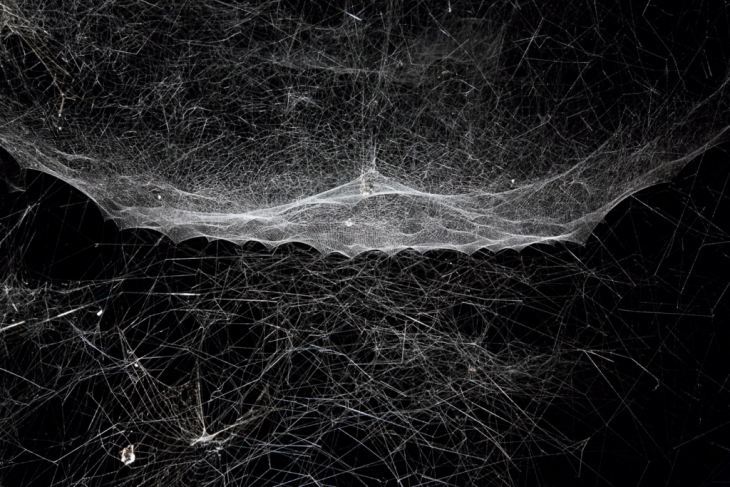
Source:studiotomassaraceno.org/hybrid-webs/
Raycounting
Raycounting is a method for generating customized light-shading constructions by registering the intensity and orientation of light rays within a given environment. 3D surfaces of double curvature are the result of assigning light parameters to flat planes. The algorithm calculates the intensity, position, and direction of one, or multiple, light sources placed in a given environment and assign local curvature values to each point in space corresponding to the reference plane and the light dimension. Light performance analysis tools are reconstructed programmatically to allow for morphological synthesis based on intensity, frequency, and polarization of light parameters as defined by the user.
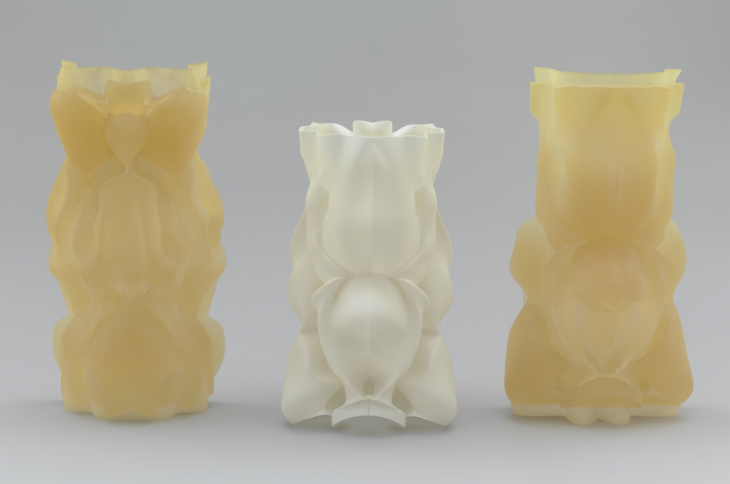
Source:neri.media.mit.edu/projects/details/raycounting.html#prettyPhoto


Silkworm Pavilion-MIT Media Lab
The Silk Pavilion explores the relationship between digital and biological fiber-based fabrication on an architectural scale. Its primary structure is comprised of 26 silk-threaded polygonal panels laid down by a CNC (Computerised Numerical Control) machine. Inspired by the silkworm’s ability to generate a 3D cocoon out of a single multi-property silk filament, the Pavilion’s overall geometry was created using an algorithm that assigns a single continuous thread across patches, providing functional density gradients informed by environmental constraints such as light and heat. Overall density variation was informed by deploying the Bombyx mori silkworm as a biological multi-axis multi-material 3D ‘printer’ in the creation of a secondary fiber structure.
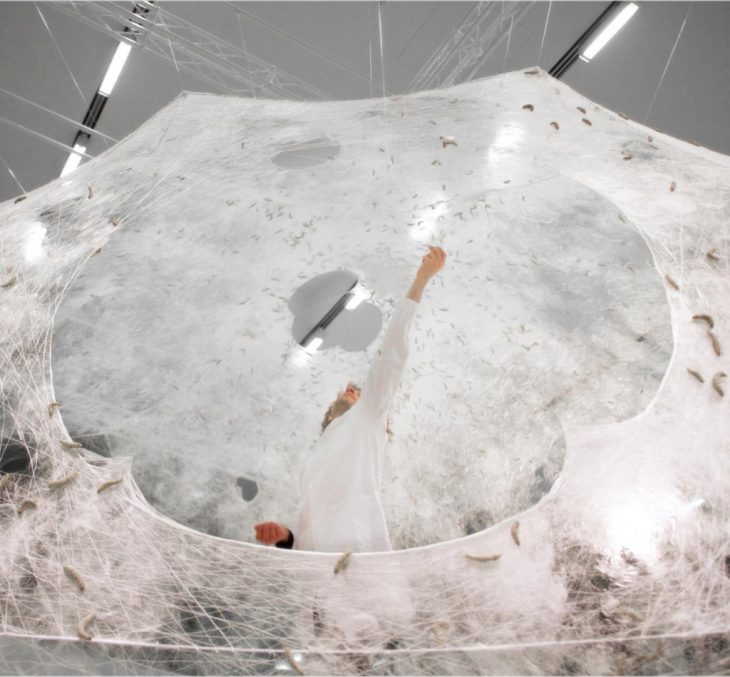
Source:www.media.mit.edu/projects/silk-pavilion/overview/
6500 silkworms were positioned on the scaffold spinning flat non-woven silk patches to locally reinforce the CNC-deposited silk structure. The paper provides a review of basic research into the silkworm’s spinning behavior, material and structural characterization, computational simulation, and fabrication strategy devised for the full-scale construction of the Pavilion. Potential applications for large-scale fiber-based digital fabrications that involve biological fabrication are opened up by the Silkworm Pavilion.

Source:www.media.mit.edu/projects/silk-pavilion/overview/
Woodchip Barn in Hooke Park // AA Design+Make
The arched roof structure is formed from 25 forked beech branches. The inherent form and structural capacity of the natural tree are transferred and exploited within the truss structure. Each component was 3D scanned to determine the arrangement and milled to form the interlinking connections with a robotic arm. An optimizing script was used to generate a final arrangement of forks in collaboration with engineers from Arup.

Source:AA Design+Make
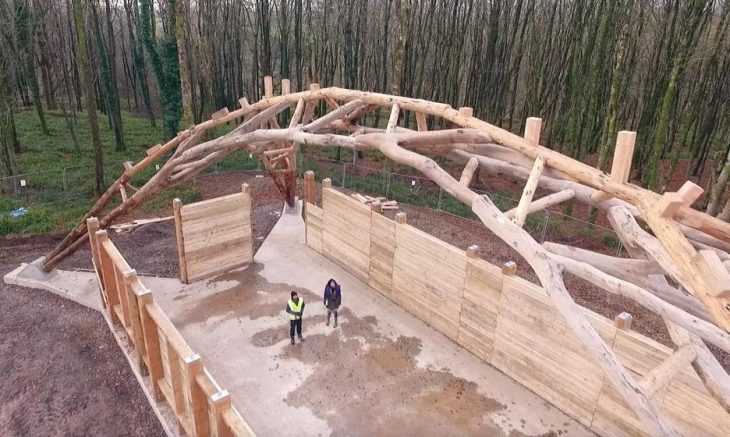
Source:AA Design+Make
Material Ecologies is research of IAAC, Institute for Advanced Architecture of Catalonia developed at the
Master in Advanced Computation for Architecture & Design in 2020/2021 by students: Hesham Shawqy, Keshava Narayan and faculty: Jane Burry
